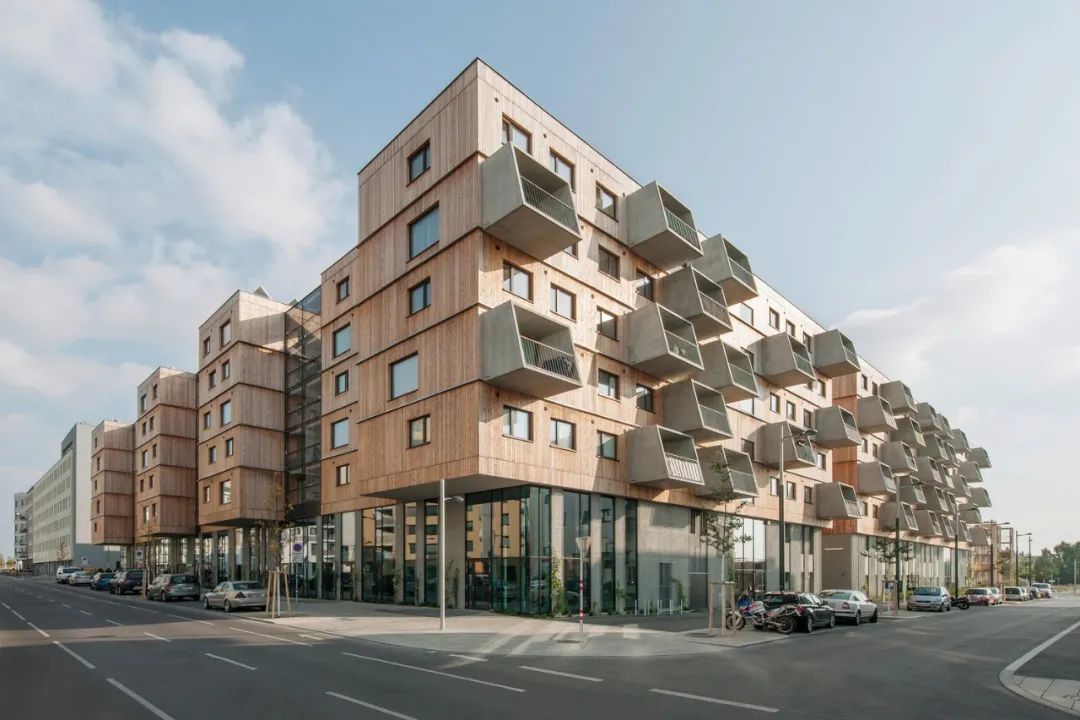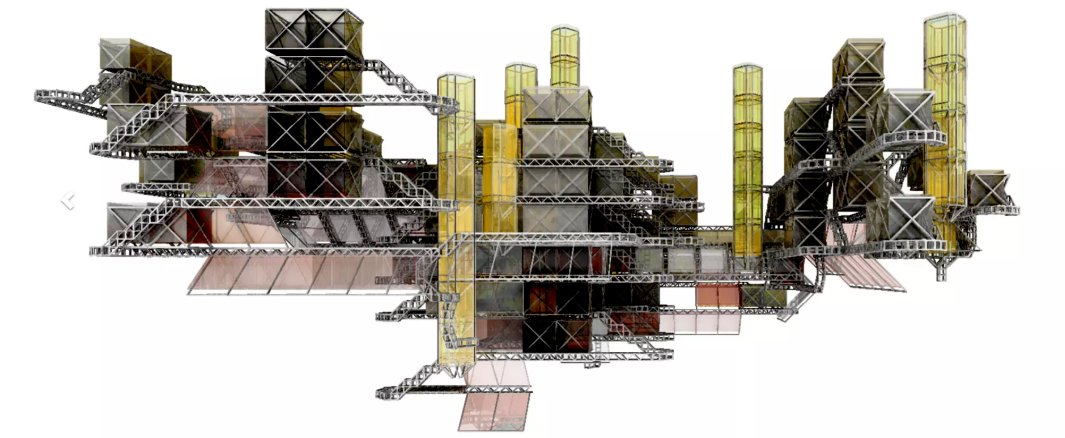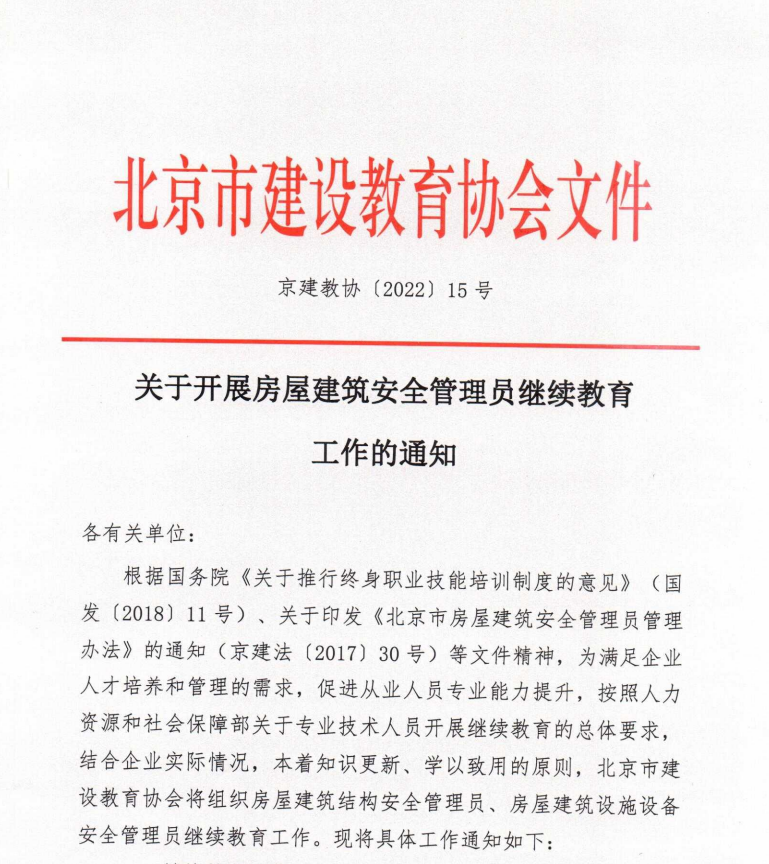The Teaching Guidance Committee for Design Majors in Higher Education Institutions of the Ministry of Education.
Design Description: Old factory with new energy, secondary heat regeneration. The design takes the Beijing Second Thermal Power Plant Park as the anchor point to explore the revitalization of industrial heritage in today’s urban development..
In terms of renovation direction, based on literature, site, crowd portrait, and future demand analysis, we have selected three future energy sources: wind energy, biomass energy, and solar energy. Combining with the consideration of emerging office models and future lifestyles, we have determined the renovation direction of “creative park+new community”..
In terms of renovation strategy, in order to maximize the protection of industrial heritage and highlight its strong visual impact with the ancient architecture of Tianning Temple, we adopt a “minimal intervention” strategy, sort out the bottom level transportation, connect the east and west sites, preserve the original structure and pipelines, place the dual city corridor and node new functional system, provide multiple new perspectives towards Tianning Temple, and inject new vitality into the entire site..
In terms of renovation methods, the two and a half outdoor corridors on the bottom floor of the main factory face Tianning Temple, dividing the energy area and providing new space for citizen activities. By reducing the size of the main factory building through the retreat of the platform and the reduction of the size of the atrium, six boilers have become the three major energy experience spaces. The lower level office and platform display have achieved efficient integration between the creative park and the new community. The third phase and facade design both follow the green building concept to reflect the three major energy characteristics..
● Renderings and concept generation: When we arrived at the Beijing Second Thermal Power Plant, we saw a highly diverse scene. The eastern part of the plant area was renovated and built into a creative park for the first phase. The small red brick walls were covered with green plants, and the remaining area had not been updated yet. A faded and dilapidated industrial giant lay on the hot red yellow land at 30 degrees Celsius in early summer in Beijing. Industrial buildings such as the secondary heat plant area are not isolated. They were planted during the period of rapid industrial development in urban construction and were also eliminated in the trend of rapid technological innovation; They have supported a generation, supported millions of urban development, and are now witnessing their own aging, baldness, decay, and death due to their location, planning limitations, and high energy consumption..
With the development of technology and the continuous improvement of energy utilization technology, the proportion of energy utilization forms such as solar energy, wind energy, tidal energy, biomass energy, and nuclear energy in energy supply is gradually increasing, exploring new models of energy utilization. We hope to explore new urban energy utilization and think about what kind of new vitality can be given to Second Heat..
Based on literature, site, crowd portraits, and future demand analysis, we have selected three types of future energy: wind energy, biomass energy, and solar energy. By considering emerging office models and future lifestyles, we have determined the direction for the transformation of “creative parks+new communities”. The “Creative Park” focuses on education, promotion, and research on future energy, and is a complex that includes display experiences for urban residents, research and discussion for park workers, office meetings, and catering and rest functions that provide services. The “New Community” welcomes energy enterprises to settle in and work, providing work areas for various enterprises. It also connects the “Creative Park” in a smaller scale and open form, providing open space for the city..
● Morphological generation and explosion analysis: In terms of specific transformation strategies, to maximize the protection of industrial heritage and highlight its significance.




